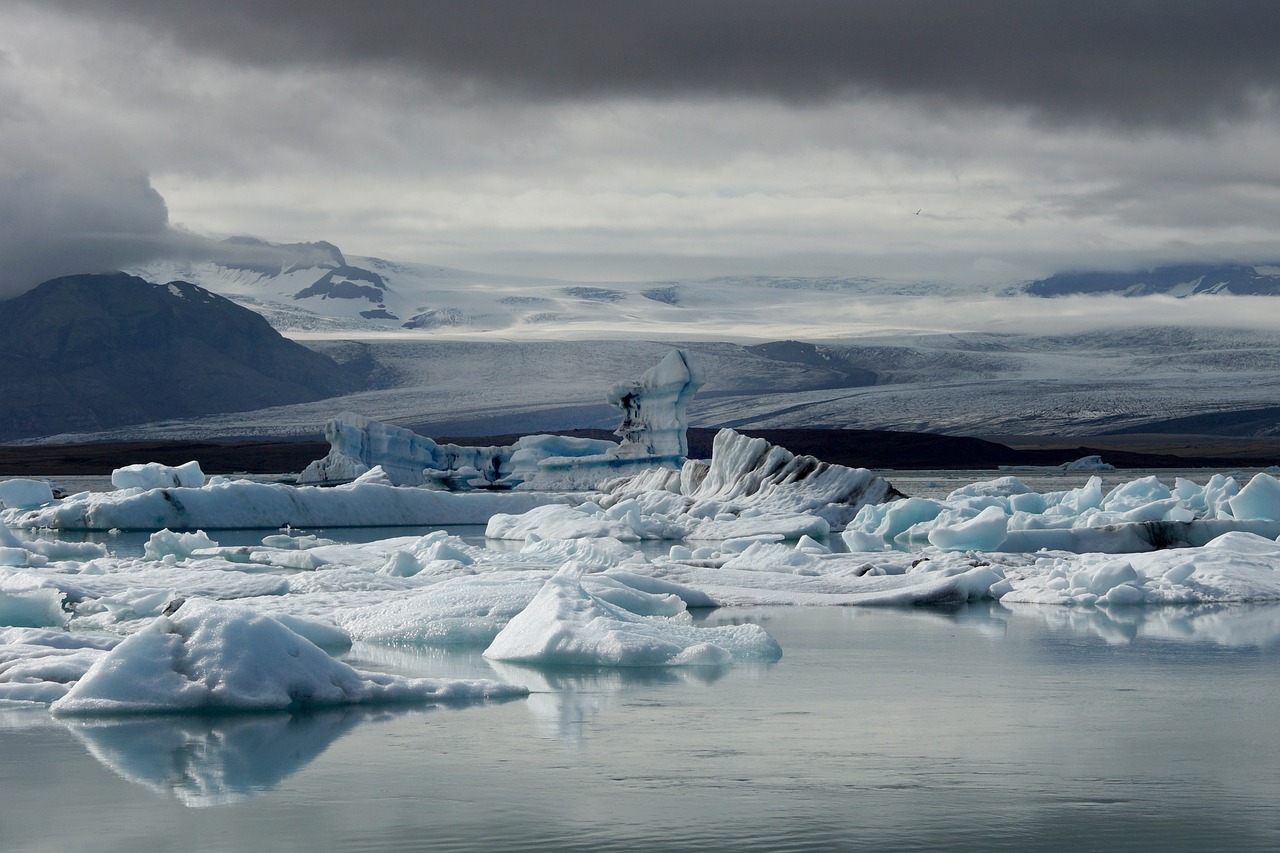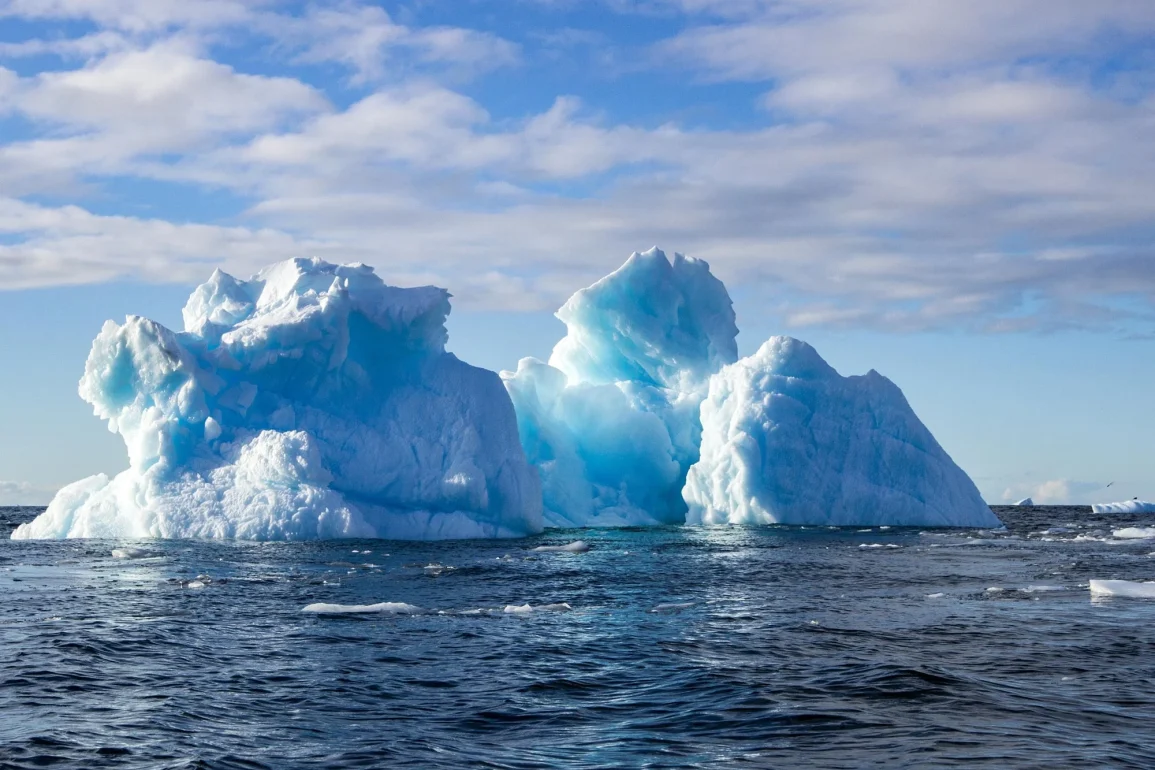The melting of Antarctica’s ice is having profound effects, not only raising global sea levels but also causing the continent’s bedrock to uplift. As the ice sheets lose mass—about 150 billion tons annually—the weight on the Earth’s crust decreases, leading to a geological phenomenon called isostatic rebound. This process results in the bedrock rising in response to the reduced pressure, particularly noticeable in West Antarctica, where the uplift rate reaches about 2 inches per year.
This bedrock uplift has immediate consequences for ice loss dynamics. While it may offer temporary stabilization by lessening the pressure on the ice sheet, this process cannot fully counteract the rapid ice melt driven by global warming. Researchers, including seismologist Rick Aster from Colorado State University, are investigating how these changes might affect future ice loss and sea-level rise, highlighting that while uplift slows some processes, it is insufficient to halt the broader impacts of climate change.
The global ramifications of Antarctic ice loss are significant. The melting ice adds to the volume of water in the oceans, leading to rising sea levels that threaten coastal regions worldwide.

Projections indicate that if current melting rates persist, sea levels in North America could increase by up to 10 feet by 2150, with severe implications for cities like Miami, New Orleans, and New York. Additionally, the loss of Antarctica’s gravitational pull, which currently helps keep ocean levels lower in certain areas, will exacerbate sea-level rise in the Northern Hemisphere.
Although the uplift of Antarctica’s bedrock might offer some stabilization, it is not a comprehensive solution. The temporary relief provided by reduced pressure on the ice sheet is not enough to counter the accelerating melt driven by rising global temperatures.
To mitigate the impacts of ice loss, significant reductions in carbon emissions and efforts to slow global warming are essential. Stabilizing global temperatures could reduce the contribution of Antarctic ice loss to sea-level rise by up to 40%, according to scientists.
The future of Antarctica and global coastlines is at a critical juncture. The ongoing changes highlight both the potential for natural processes like bedrock uplift to provide partial relief and the urgent need for substantial climate action.
The decisions made in the near future regarding climate policy and emissions reduction will play a crucial role in determining the extent of sea-level rise and its impacts on coastal communities worldwide. The rapid pace of climate change presents challenges unprecedented in Earth’s history, making timely action vital for managing the effects on both Antarctica and global coastlines.

